High-field magnetic resonance imaging (MRI) machines can work better by changing the structure of radio probes from coils to antenna-like structures.
How can you make an MRI scanner work properly at high frequencies close to microwaves? By taking an electrical engineering approach to creating a more uniform magnetic field.
In a new study published in IEEE Transactions on Microwave Theory and Techniques (DOI: 10.1109/TMTT.2018.2874266), researchers have shown that radio frequency probes developed by using structures employed in microstrip patch antennas could outperform conventional coil probes in ultrahigh-field, high-frequency MRI machines.
“When frequencies become higher, wavelengths become shorter, and this leads to deterioration of magnetic field uniformity,” says Elena Semouchkina, a professor of electrical and computer engineering at Michigan Technological University. “Uniformity is important for high-resolution images, so we proposed a new approach to developing these probes.”
A Common Design Needed Modifications
Semouchkina explains that the type of antenna you see on the top of a building isn’t quite the same thing used here, but instead, the team’s design was inspired by microstrip patch antenna (MPA).They’re cheap, simple and easy to make, which is why they’re often used in telecommunications. Although the design of standard MPAs is relatively simple - they are made of flat metallic patches separated from grounded larger pieces of metal by dielectric layers – to make them working as MRI probes and producing uniform magnetic fields, the team had to modify the dielectric layers and the shapes.
In MPAs, waves oscillate in the cavities formed between the patches and ground plane electrodes. These oscillations are accompanied by alternating currents in the patch electrodes and, respectively, by oscillating magnetic fields around the patches, providing strong magnetic fields.
“While the complexity of birdcage coils increases with the increase in operation frequency, patch-based probes can provide quality performance in the higher microwave range while still having a relatively simple structure,” Semouchkina says. With design modifications, they also showed smaller radiation losses, making them competitive with, and even better, than conventional coils.
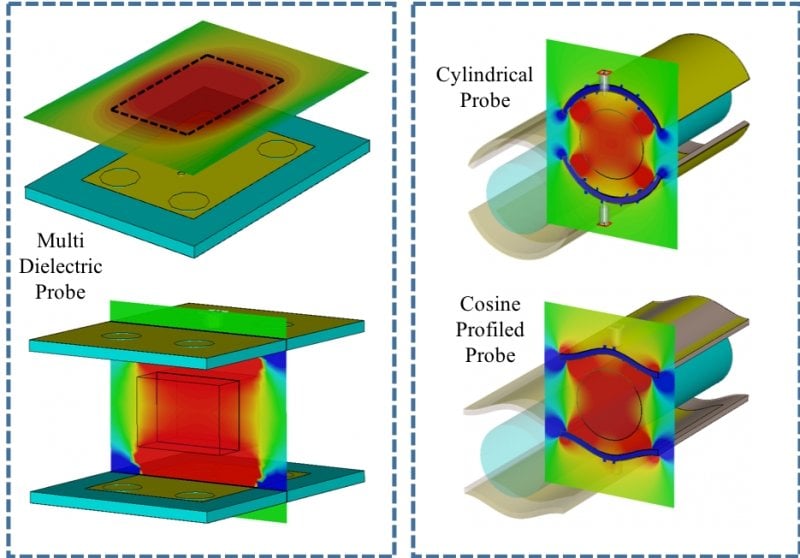
Proposed radio frequency probes to create homogeneous magnetic field within a phantom under study: single multi dielectric patch surface probe (upper left), volume probe composed of two vis-à-vis placed dielectric patch probes (lower left), volume probe composed of two cylindrical patches (upper right) and cosine-profiled patches (lower right). Credit: Navid P. Gandji
High-Field MRI Machines – and Invisibility Cloaks
Because of the damage ultrahigh magnetic fields could cause to humans, the metal tubes that we’re used to seeing in hospitals and medical centers where human studies are conducted use relatively low fields and, consequently, lower probe frequencies. Humans can only sustain frequencies up to seven Teslas, but ultrahigh fields up to 21.1 Teslas are used in testing animals, seeds and tissue samples.
Semouchkina is already known for her work on invisibility cloaks, which operate by redirecting electromagnetic waves around an area to hide an object. “We use some of the approaches, which were developed at designing cloaking devices, to control magnetic fields in MRI probes,” she said.
This study was conducted with Navid P. Gandji and George Semouchkin of Michigan Tech, and Gangchea Lee, Thomas Neuberger and Micheal Lanagan of Pennsylvania State University. The team’s next step is to keep applying electrical engineering to modify those probes to make them work better, and to further expand the possibilities for ultrahigh-field MRI machines and the quality of the images they create.
Michigan Technological University is an R1 public research university founded in 1885 in Houghton, and is home to nearly 7,500 students from more than 60 countries around the world. Consistently ranked among the best universities in the country for return on investment, Michigan's flagship technological university offers more than 185 undergraduate and graduate degree programs in science and technology, engineering, computing, forestry, business, health professions, humanities, mathematics, social sciences, and the arts. The rural campus is situated just miles from Lake Superior in Michigan's Upper Peninsula, offering year-round opportunities for outdoor adventure.
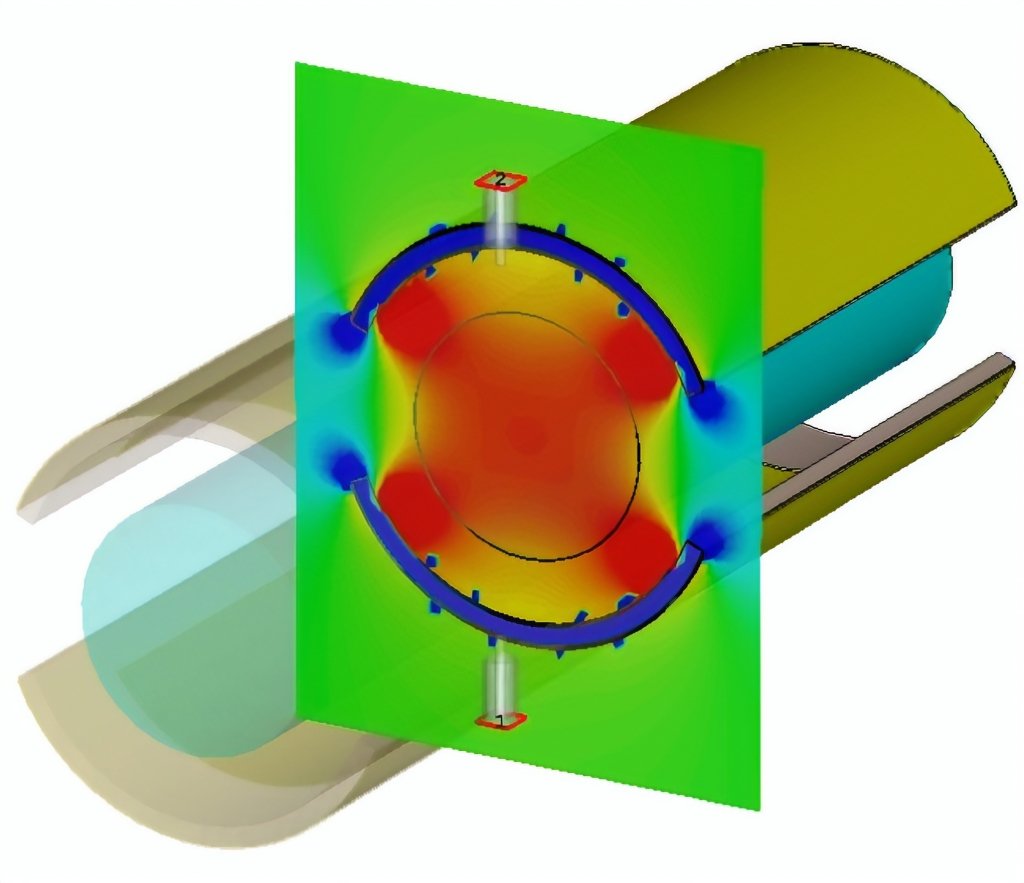

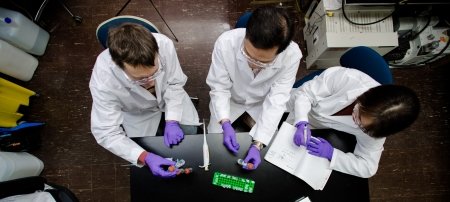

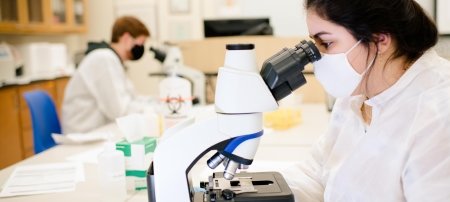
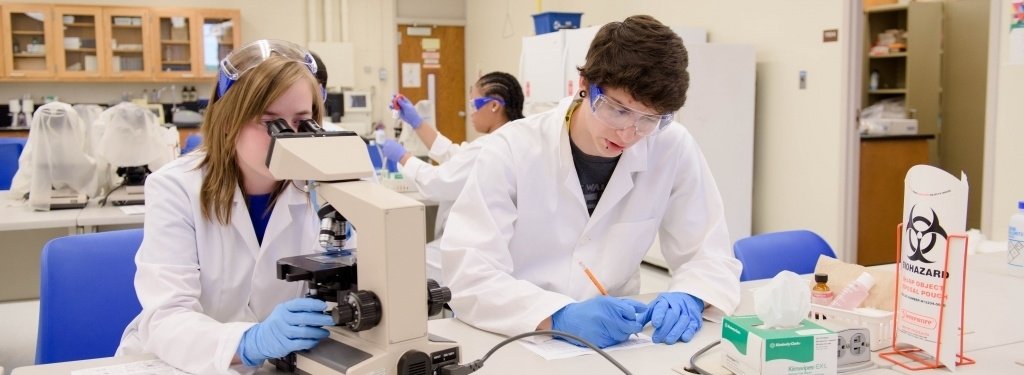
Comments